Put Your Data to Work
We deliver customized applied machine learning and artificial intelligence solutions to automate, understand and grow your business.

Our Mission
Being on the forefront of applying machine learning and artificial intelligence to solve real-world business problems
Our team consists of a handpicked mix of data scientists, machine learning researchers, and software engineers in order to deliver the best solution using state-of-the-art technology
Case Studies
Teaching Computers to See
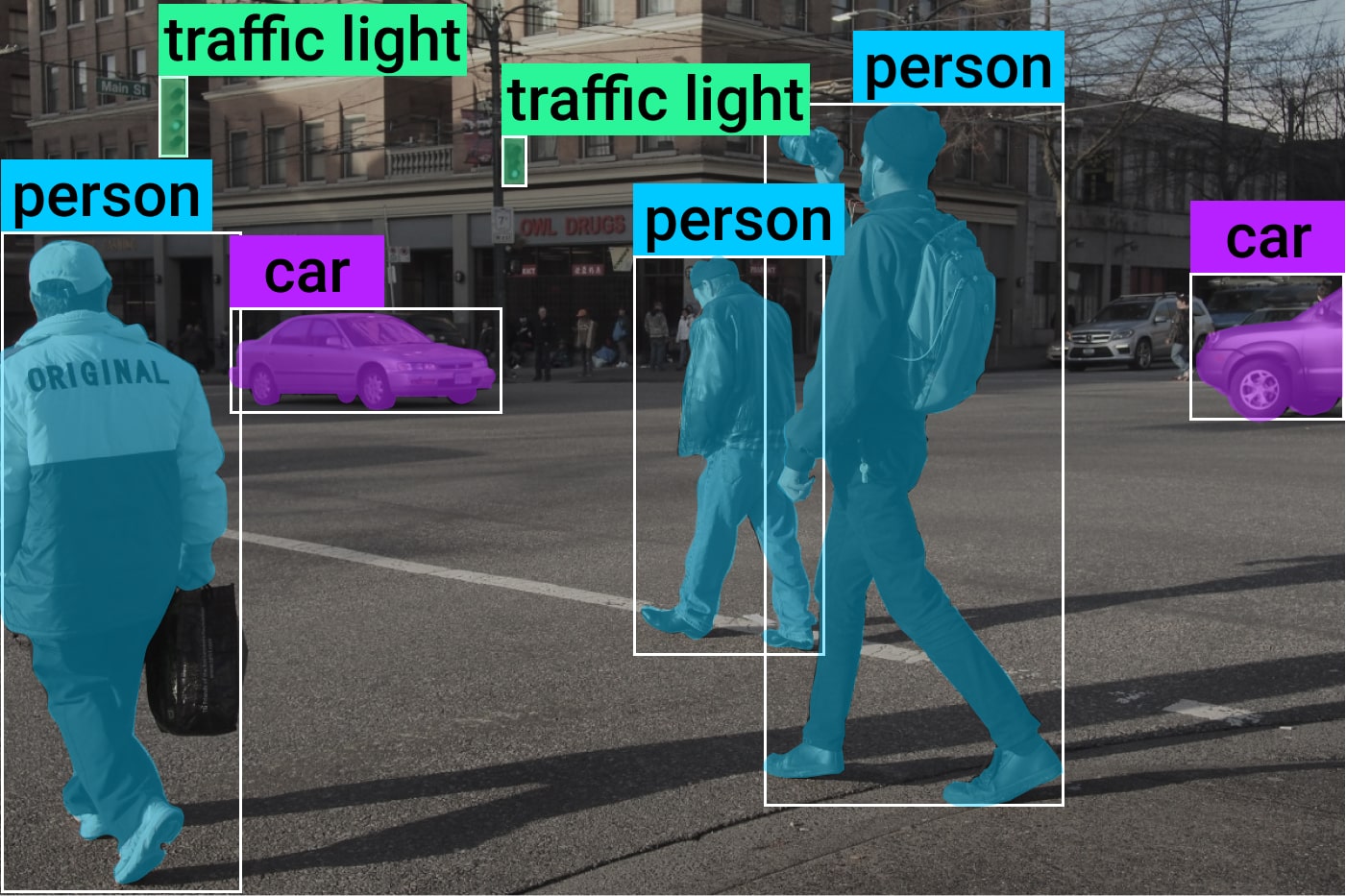
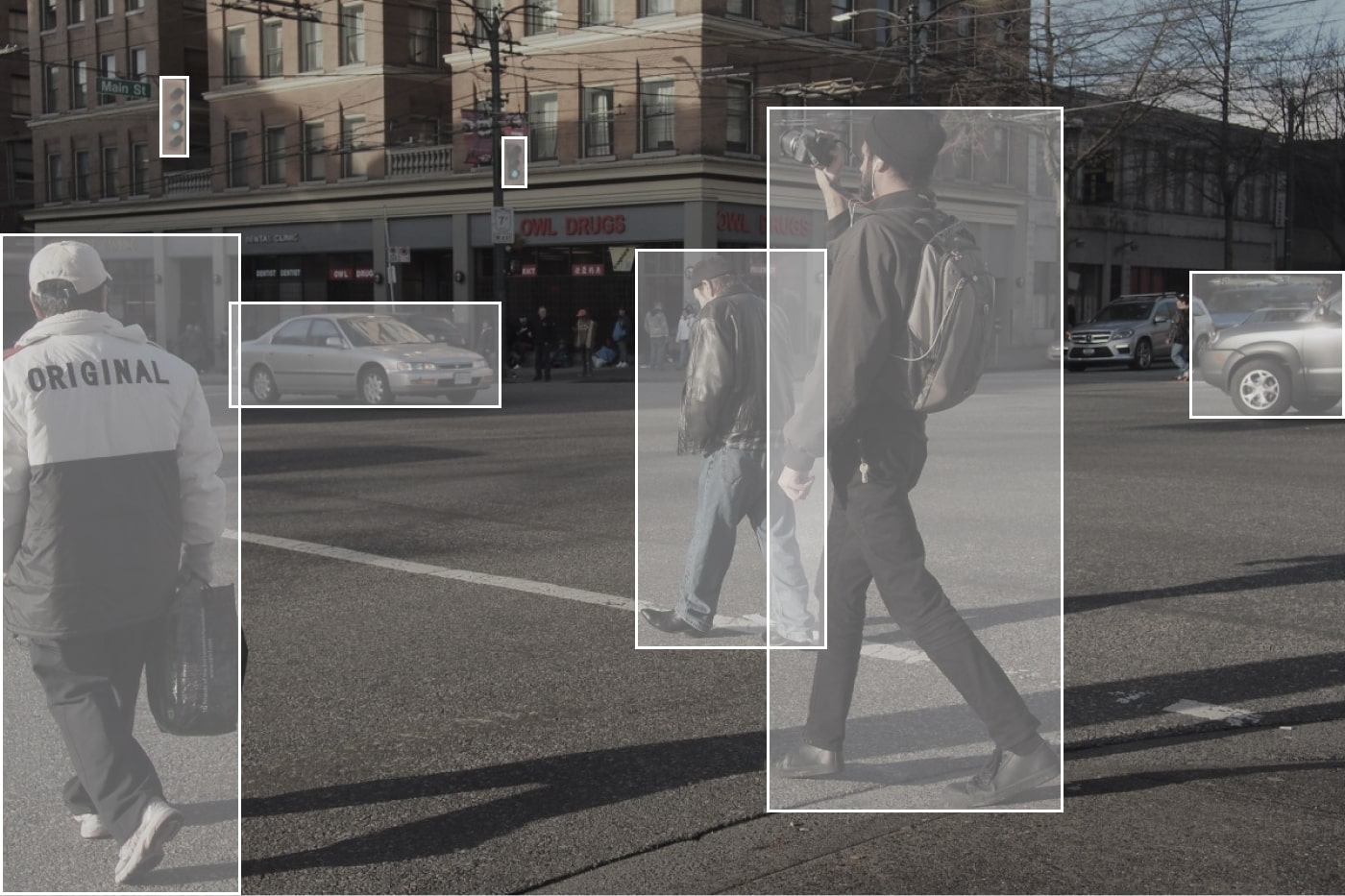

Computer vision gives computers the ability to locate and identify objects on images/video and allows for the automation of a number of manual processes. Some examples of ready to use models include identifying changes on satellite images, recognizing people and objects on security camera images and/or video, or the automatic indexing of images and videos.
The technologies we use are based on deep learning neural networks and can be executed with high performance on GPUs and other acceleration hardware.
Product Recognition

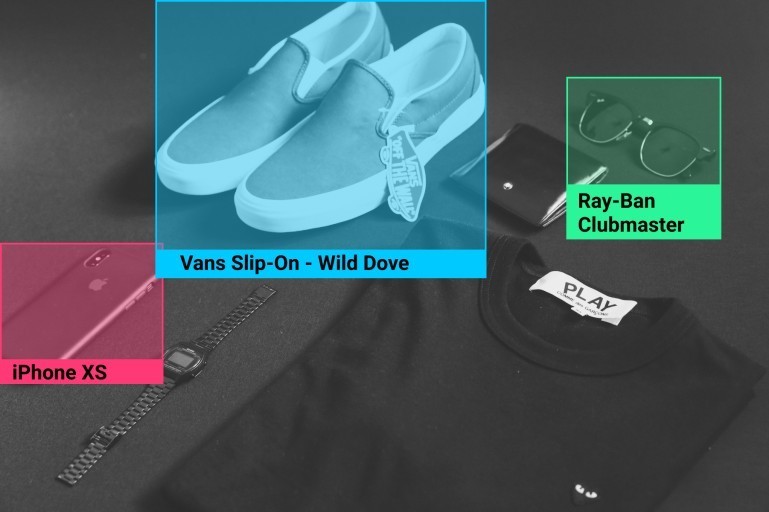
Satellite Imagery

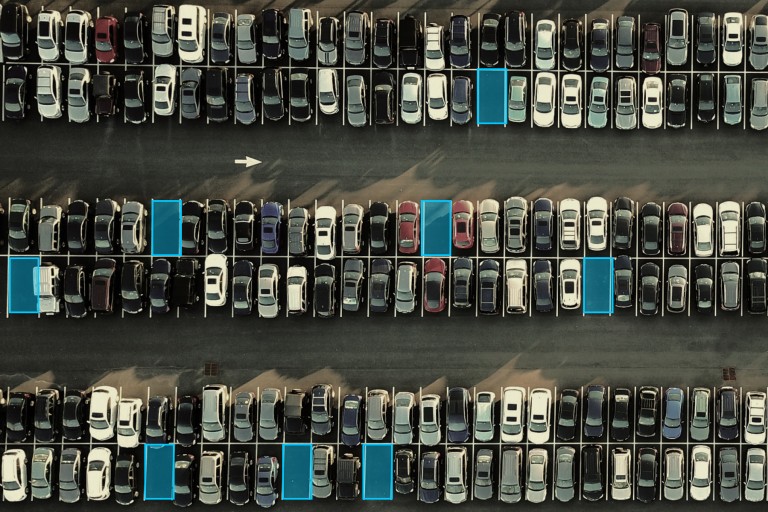
Manufacturing Defects

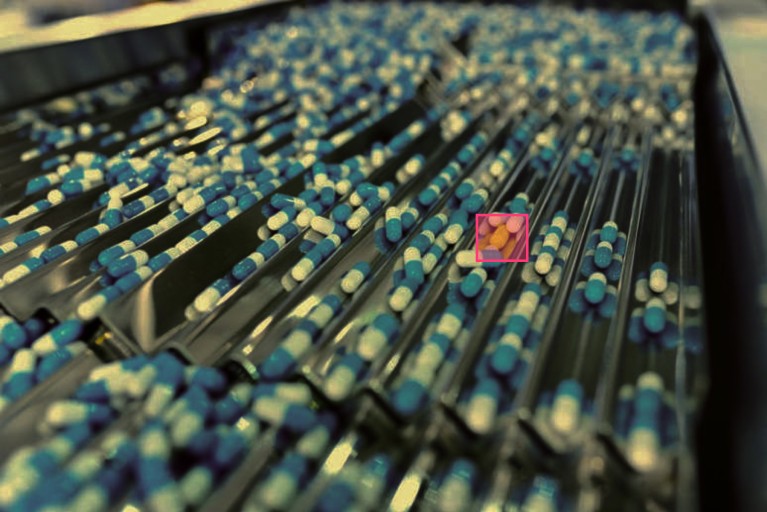
Predicting the Future
The prediction of future developments, based on historical data, can be applied to a large variety of business areas. We help you to identify and understand past data to create complex relationships which are then used for the modeling of high-performance prediction models.

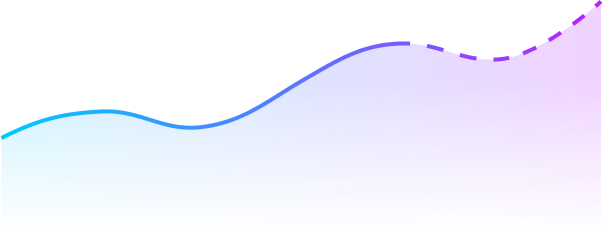





Google was founded in September 1998 by Larry Page and Sergey Brin while they were Ph.D. students at Stanford University in California. Together they own about 14 percent of its shares and control 56 percent of the stockholder voting power through supervoting stock. The domain name for Google was registered on September 15, 1997 and they incorporated Google as a California privately held company on September 4, 1998, in California. An initial public offering took place on August 19, 2004. Sundar Pichai was appointed CEO of Google, replacing Larry Page who became the CEO of Alphabet. Google indexes billions of web pages to allow users to search for the information they desire through the use of keywords.
The Eiffel Tower is a wrought-iron lattice tower on the Champ de Mars in Paris, France. It is named after the engineer Gustave Eiffel, whose company designed and built the tower. Constructed from 1887 to 1889 as the entrance to the 1889 World's Fair, it was initially criticised by some of France's leading artists and intellectuals for its design, but it has become a global cultural icon of France and one of the most recognisable structures on Earth. The Eiffel Tower is the most-visited paid monument in the world; 6.91 million people ascended it in 2015. During its construction, the Eiffel Tower surpassed the Washington Monument to become the tallest man-made structure.
Google was founded in September 1998 by Larry Page and Sergey Brin while they were Ph.D. students at Stanford University in California. Together they own about 14 percent of its shares and control 56 percent of the stockholder voting power through supervoting stock. The domain name for Google was registered on September 15, 1997 and they incorporated Google as a California privately held company on September 4, 1998, in California. An initial public offering took place on August 19, 2004. Sundar Pichai was appointed CEO of Google, replacing Larry Page who became the CEO of Alphabet. Google indexes billions of web pages to allow users to search for the information they desire through the use of keywords.
Geoffrey Everest Hinton is an English Canadian cognitive psychologist and computer scientist, most noted for his work on artificial neural networks. In 2013 he divided his time working for Google and the University of Toronto. In 2017, he cofounded and became the Chief Scientific Advisor of the Vector Institute in Toronto. He with David E. Rumelhart and Ronald J. Williams, Hinton was co-author of a highly cited paper published in 1986 that popularized the backpropagation algorithm for training multi-layer neural networks. The dramatic image-recognition milestone of the AlexNet designed by his student Alex Krizhevsky for the ImageNet challenge 2012 helped to revolutionize the field of computer vision.
Understanding Language
Unstructured data in the form of business documents, product reviews, and social media posts contain invaluable information that can be used to better understand and optimize your business. In order to access and use this data, we employ natural language processing techniques based on deep neural networks that generate new insights and enable advanced use cases.
Solutions
Image Similarity Search
Our image similarity search database can index billions of images and identify similar images within milliseconds. This search engine can be easily integrated into processes and websites via our REST API. Use our image similarity search databases for similar images, objects, places, known people, or people who appear together within an image.



Rocketloop AI Hub
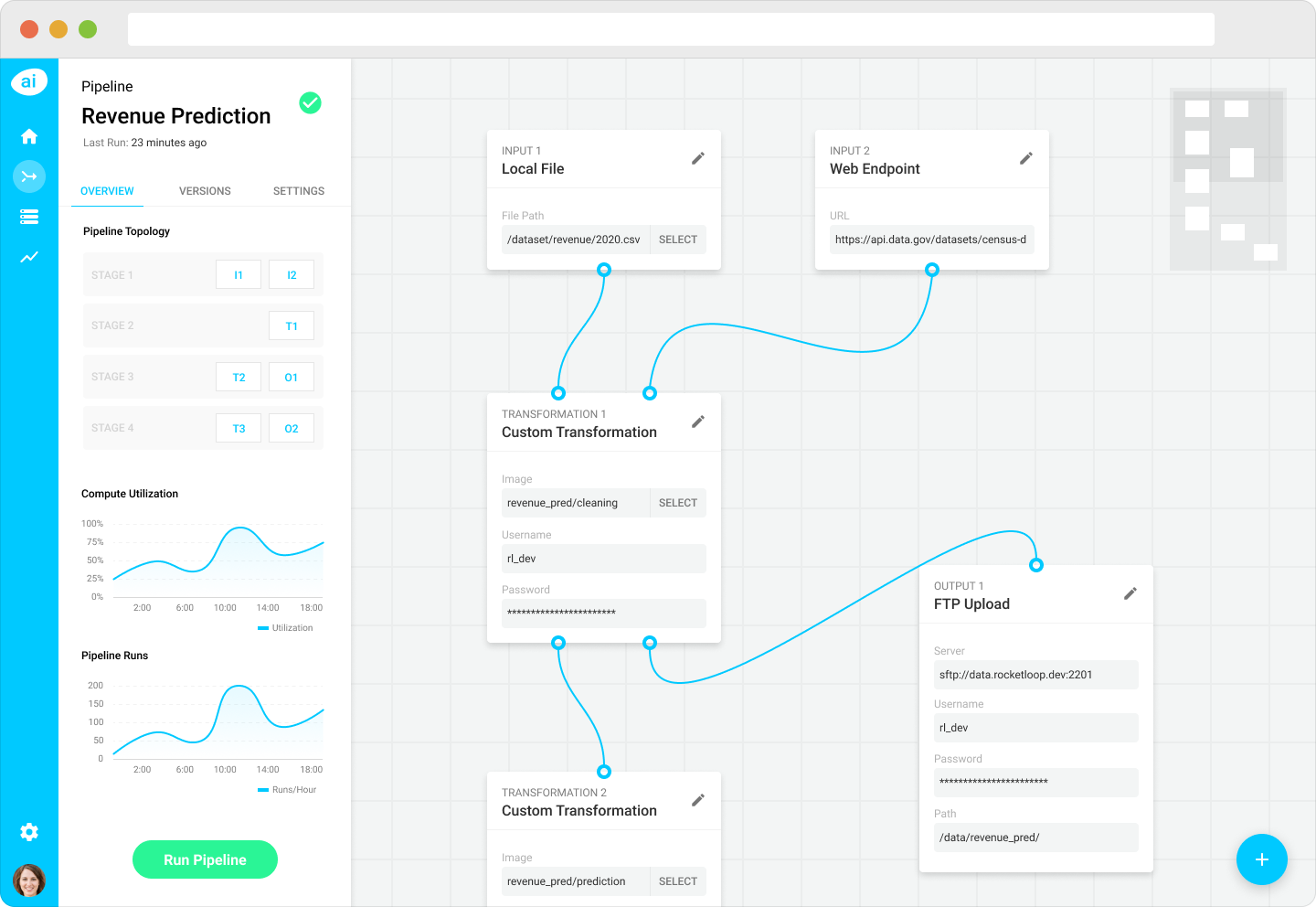
Workshops
Lean Data Science

Testimonials

“Together we identified and implemented a proof-of-concept project. The results from this project helped us establish a common language for Machine Learning and AI projects. In addition, we are now able to assess under which conditions the use of AI can offer added value.”

Sebastian Hennerici
Innovation Management
Aareal Bank
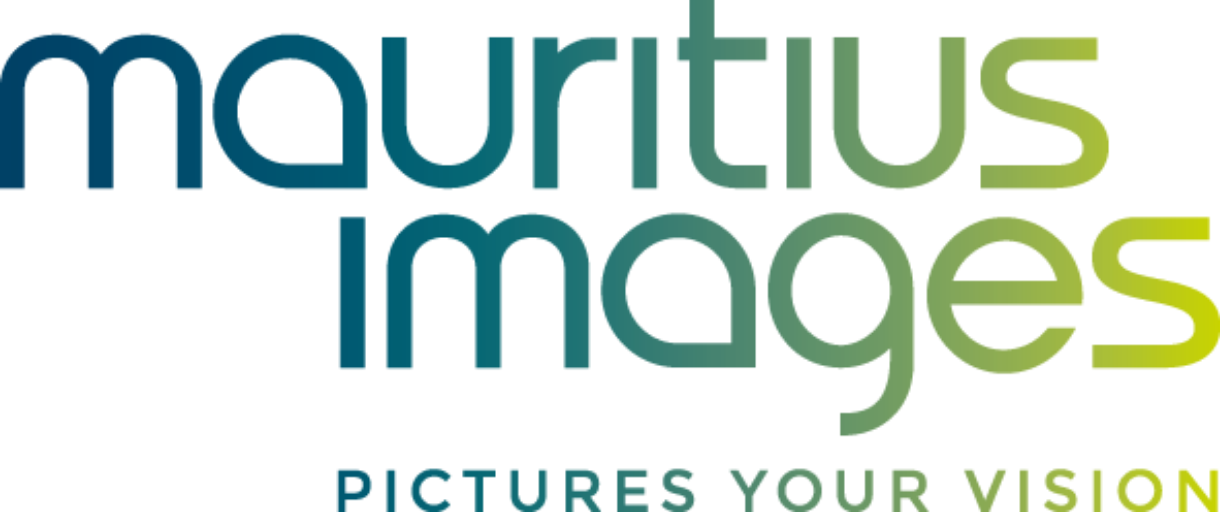
“How will AI and ML transform the photo agency industry? In a joint workshop with Rocketloop.ai, we developed an AI roadmap for mauritus images based on the latest developments in the field of computer vision. Shortly afterwards, we launched our AI+ image search with Rocketloop.ai, which is used thousands of times by our customers every month!”

Stefan Ploghaus
Managing Director
mauritius images GmbH

“I can highly recommend Rocketloop.ai. Florian and Patrick supported us with a technical due diligence and worked with us on concepts to improve our Influencer Marketing Platform.”

Kaspar Neftel
CEO / Founder
SPAZE.com

“It has been a great partnership from the start: Rocketloop.ai has helped us build a strong AI team and develop our first models. Today we still use the Rocketloop AI Hub to manage our complex machine learning models”

Peter Hart
CEO / Founder
Pythia AI

“Rocketloop.ai has helped us develop models for the valuation of vehicles at Autengo. I am impressed with the way we work together and can highly recommend the team”
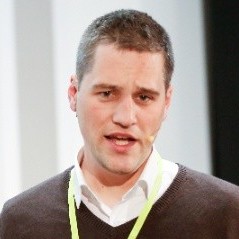
Sebastian Fischer
CEO / Founder
Gebrauchtwagenheld GmbH
